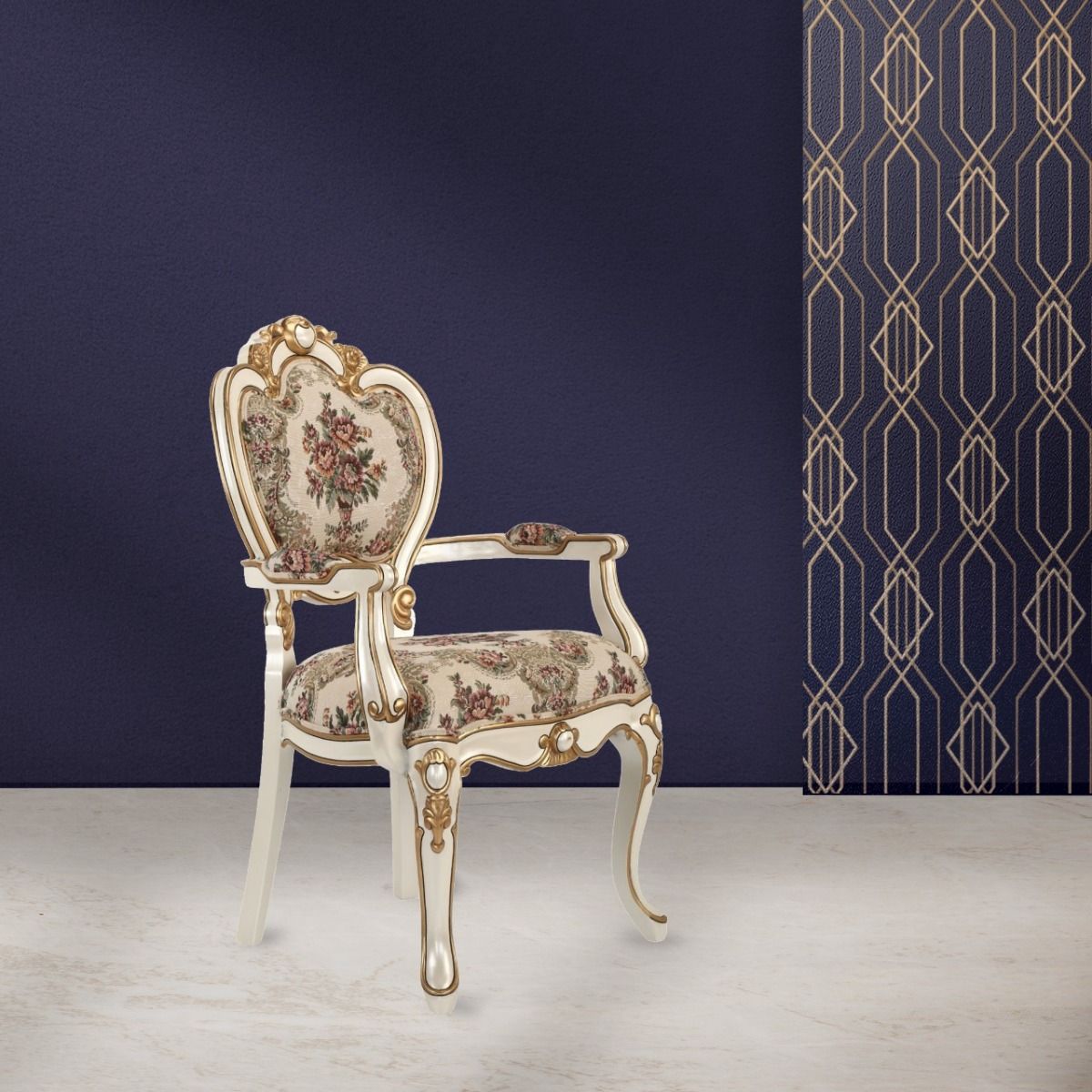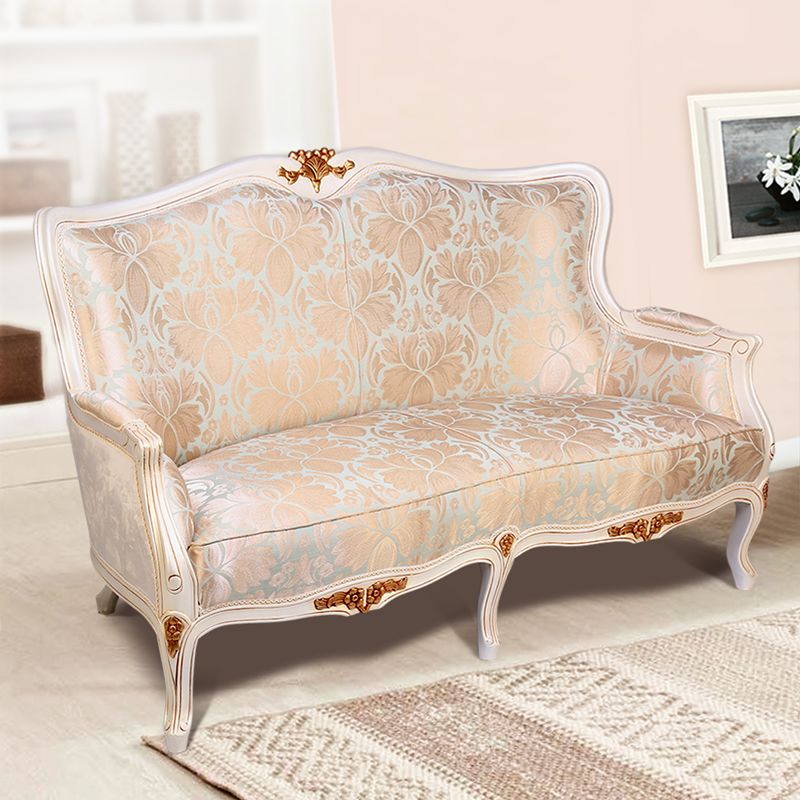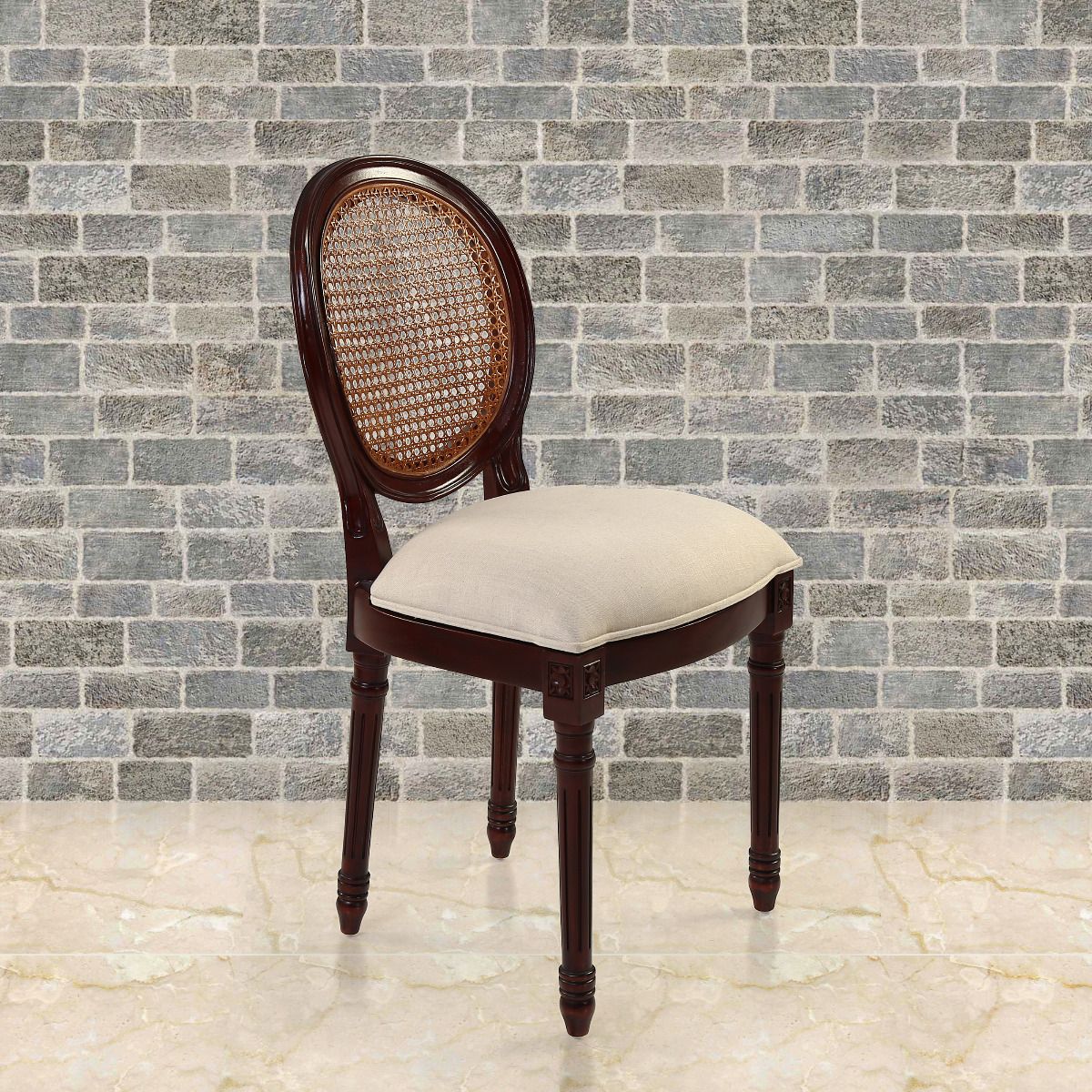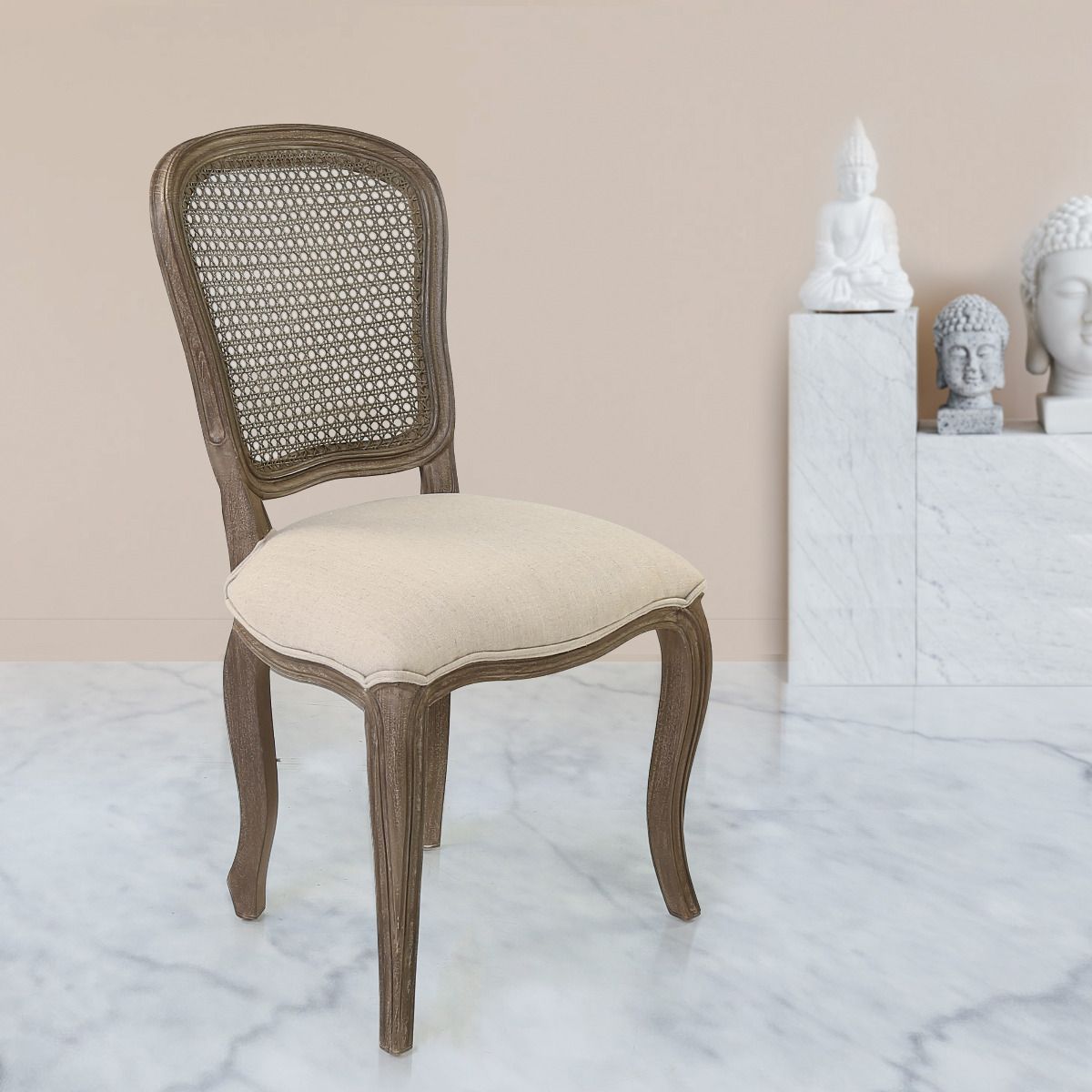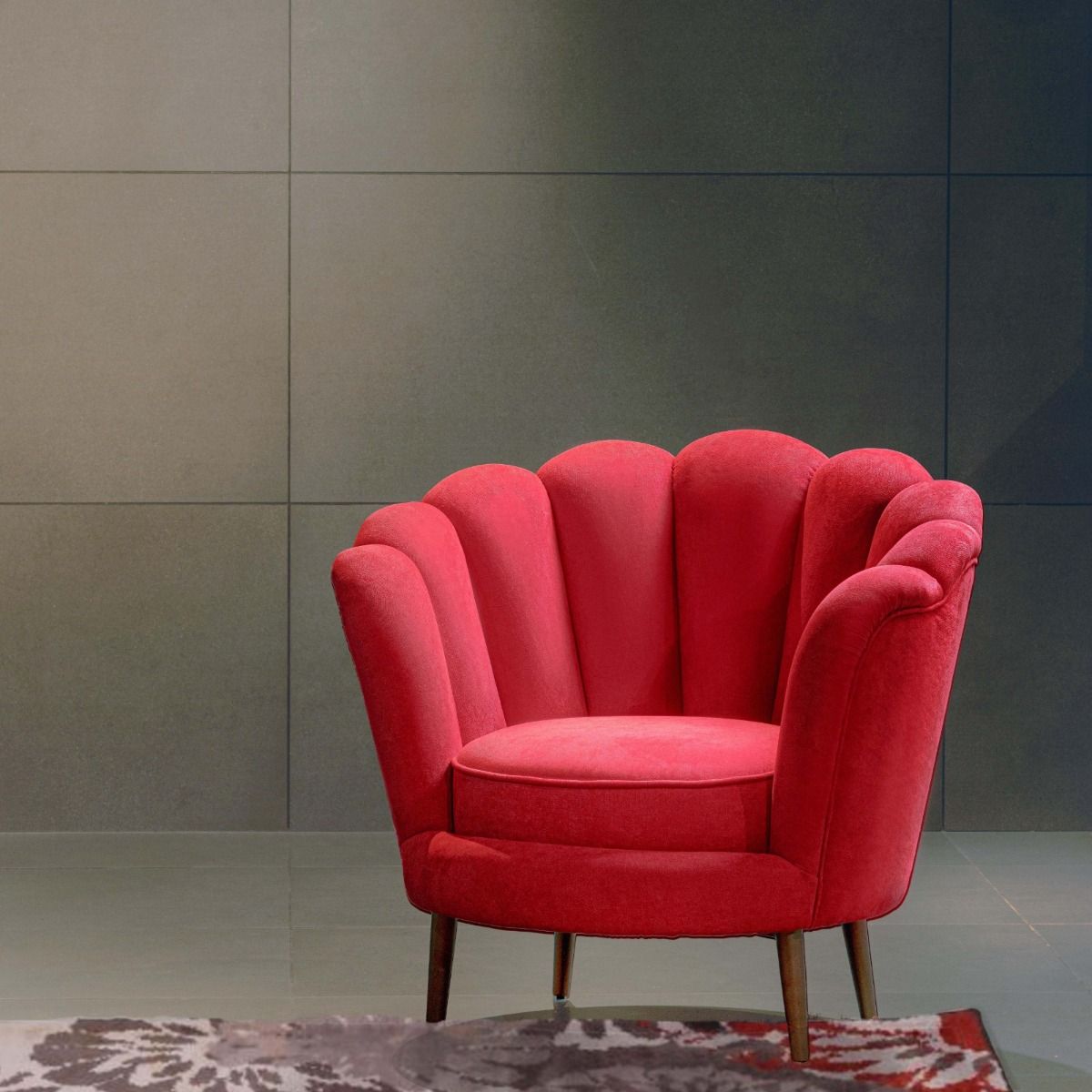Finding Hidden Gems: A Beginner's Guide to Vintage Furniture Shopping
Vintage furniture can add a unique touch to any home or office space. While the idea of shopping for vintage furniture may seem daunting, it can be a fun and rewarding experience. Not only can vintage furniture add character and personality to your space, but it can also be an affordable and sustainable way to furnish your home or workspace. In this beginner's guide to vintage furniture shopping, we will explore the different types of vintage furniture and how to style it So, whether you're a seasoned vintage shopper or a first-timer, read on to discover the world of vintage furniture and how to choose the perfect one.
Introduction to Vintage Furniture Shopping
Are you tired of the mass-produced, cookie-cutter furniture found in many modern stores? Do you crave unique pieces that add personality and character to your home? If so, vintage furniture shopping might be just the thing for you!
You can find unique handcrafted vintage furniture pieces in STORIES Showrooms at the best price.
Why Vintage Furniture is Worth Shopping For
Vintage furniture is not only stylish and unique, but it can also be a great investment. Many vintage pieces are made with higher-quality materials and craftsmanship than modern furniture, allowing them to stand the test of time. Additionally, vintage furniture often has a story to tell, adding a layer of history and charm to your home.
Understanding the Types of Vintage Furniture
Vintage furniture encompasses a wide range of styles and eras, each with its own unique features. Here are three popular types:
Mid-century modern furniture was popular in the 1940s-1960s and is characterized by clean, geometric lines and natural materials like wood and leather.
Art Deco
Art Deco furniture was popular in the 1920s-1930s and is characterized by bold geometric shapes, metallic accents, and luxurious materials like velvet and mirrored surfaces.
Victorian
Victorian furniture was popular in the mid-late 1800s and is characterized by ornate details, curved lines, and rich materials like velvet and mahogany.
Placement and Design Tips
When placing vintage furniture in your home, it's important to balance it with modern pieces to avoid a dated or cluttered look. For example, if you have a vintage sofa, pair it with contemporary side tables or a modern rug.
You can also mix and match vintage furniture styles to create a curated and eclectic look. For example, a mid-century modern chair can look great with a vintage Persian rug.
Pairing Vintage with Modern Furniture


When pairing vintage and modern furniture, it's important to find common design elements that tie the pieces together. This can include similar colours, textures, or materials.
For example, if you have a vintage wooden dresser, pair it with a modern wooden bed frame. The wood tones will tie the two pieces together, even though they have different styles.
In a world filled with mass-produced furniture, there is a growing appreciation for vintage pieces' unique character and timeless appeal. Vintage furniture shopping has become a delightful adventure for those seeking to add a touch of history and personality to their homes.
Shop Some Exclusive Vintage Furniture Collections at STORIES.
